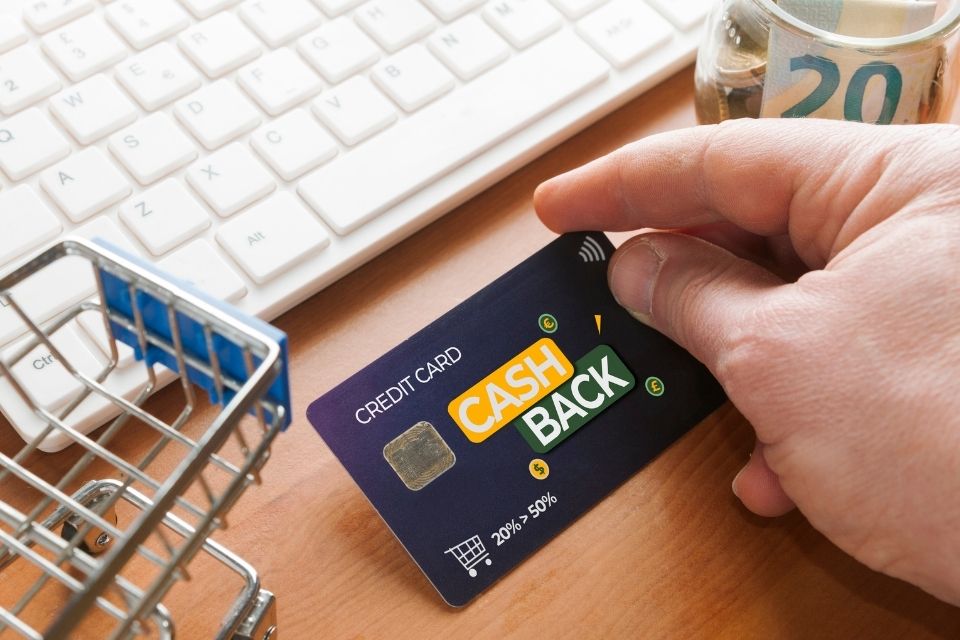Cashback credit cards have emerged as powerful tools in reshaping how American consumers manage their spending and savings. These financial products, once viewed as mere conveniences, have grown into strategic assets that actively reward consumers for their everyday purchases. From groceries to gas, Americans are now saving significant amounts simply by swiping or tapping their cards.
The evolution of cashback credit cards reflects changing consumer expectations, aggressive competition among financial institutions, and the rise of tech-driven financial tools. In this article, we explore the multiple ways cashback credit cards are revolutionizing personal finance in the United States.
The evolution of cashback credit cards in America

Cashback credit cards first appeared in the U.S. during the 1980s, introduced as a simple incentive to encourage card usage. Early adopters could receive a modest percentage back on their spending, often capped and restricted to specific categories. While the rewards were modest by today’s standards, they represented a breakthrough in consumer finance, allowing cardholders to extract tangible value from their everyday transactions.
Over the decades, competition in the credit card industry intensified. Major financial players like American Express, Chase, and Discover began expanding their cashback offerings. The original 1% cashback grew to 1.5%, then 2%, and even 5% in rotating categories. Innovations like tiered rewards and category bonuses allowed consumers to earn even more on purchases such as dining, travel, and online shopping.
In recent years, the explosion of fintech companies and digital banking has further transformed the cashback landscape. Consumers now have access to mobile apps that track cashback earnings in real time and recommend spending strategies to maximize rewards. This technological integration has empowered cardholders to become savvier about how they spend and save.
How cashback credit cards encourage smarter spending habits
One of the most significant ways cashback credit cards are changing consumer behavior is by promoting mindful spending. Cardholders are increasingly aware of which purchases will yield the highest cashback returns. As a result, many Americans plan their spending around cashback opportunities, prioritizing retailers or services that offer rewards.
Cashback programs often categorize rewards, offering higher percentages for specific spending areas like groceries, gas, or dining. This structured incentive has led to consumers paying closer attention to their monthly budgets. Rather than spending indiscriminately, cardholders strategize to maximize rewards, sometimes even aligning their household needs with their credit card benefits.
Additionally, the psychological effect of earning while spending has shifted the perception of credit cards from being solely a debt vehicle to becoming a financial optimization tool. When used responsibly, cashback credit cards reward disciplined spending and timely repayments, helping consumers achieve their savings goals faster than traditional methods.
The impact on consumer savings and financial resilience
Cashback credit cards have had a measurable impact on the savings habits of American consumers. For many, these cards offer an accessible way to build a financial cushion without drastically altering their lifestyles. Small amounts of cashback earned on daily expenses accumulate into meaningful savings over time.
For example, a family spending $2,000 per month on qualified expenses could earn $240 to $300 annually with a 1% to 1.5% cashback rate. While this may seem modest, for many households, it represents enough for holiday gifts, emergency funds, or even a small vacation. This supplemental saving mechanism has become especially valuable amid rising inflation and economic uncertainty.
Moreover, cashback cards have contributed to increased financial literacy. Consumers become more engaged with tracking their spending, understanding interest rates, and managing balances to avoid fees. As a result, many cardholders use cashback rewards as an extra savings account, adding to their financial security and resilience against unforeseen expenses.
How banks and fintech companies are innovating cashback programs
The demand for better cashback rewards has spurred financial institutions and fintech companies to create highly customized and competitive offerings. Traditional banks have expanded their product lines to include cards that cater to specific demographics, such as students, small business owners, and frequent travelers. These niche products often offer enhanced cashback rates on categories that align with the users’ lifestyles.
Fintech companies have taken innovation further by introducing dynamic cashback structures. Some cards now offer personalized reward categories that adjust monthly based on the user’s spending patterns. Others provide instant redemption features, eliminating the need for cardholders to wait for their statement cycle to claim their earnings.
The integration of cashback tracking and financial planning tools into mobile apps has also become a game changer. Consumers can now see how much they have saved, receive alerts when new cashback opportunities arise, and even set goals for using their rewards. These advancements have deepened customer engagement and loyalty, turning cashback credit cards into integral components of personal financial management.
The future of cashback credit cards and consumer empowerment
Looking ahead, the trend of cashback credit cards transforming savings habits shows no sign of slowing. As competition among card issuers intensifies, consumers can expect even more lucrative and flexible reward programs. Emerging technologies like artificial intelligence and machine learning may soon play a role in further personalizing cashback offers based on individual behavior and preferences.
Sustainability is also becoming a focal point. Some newer cashback programs are aligning with eco-conscious spending, offering rewards for purchases from environmentally friendly businesses or for using public transportation. This reflects a broader cultural shift, where consumers are seeking financial tools that align with their values.
Ultimately, the increasing sophistication of cashback credit cards is leading to a new era of consumer empowerment. Cardholders are no longer passive users but active participants in shaping their financial destiny. Whether through optimizing spending, building emergency savings, or funding life’s extras, cashback credit cards are firmly establishing themselves as essential allies in the financial journeys of millions of Americans.
